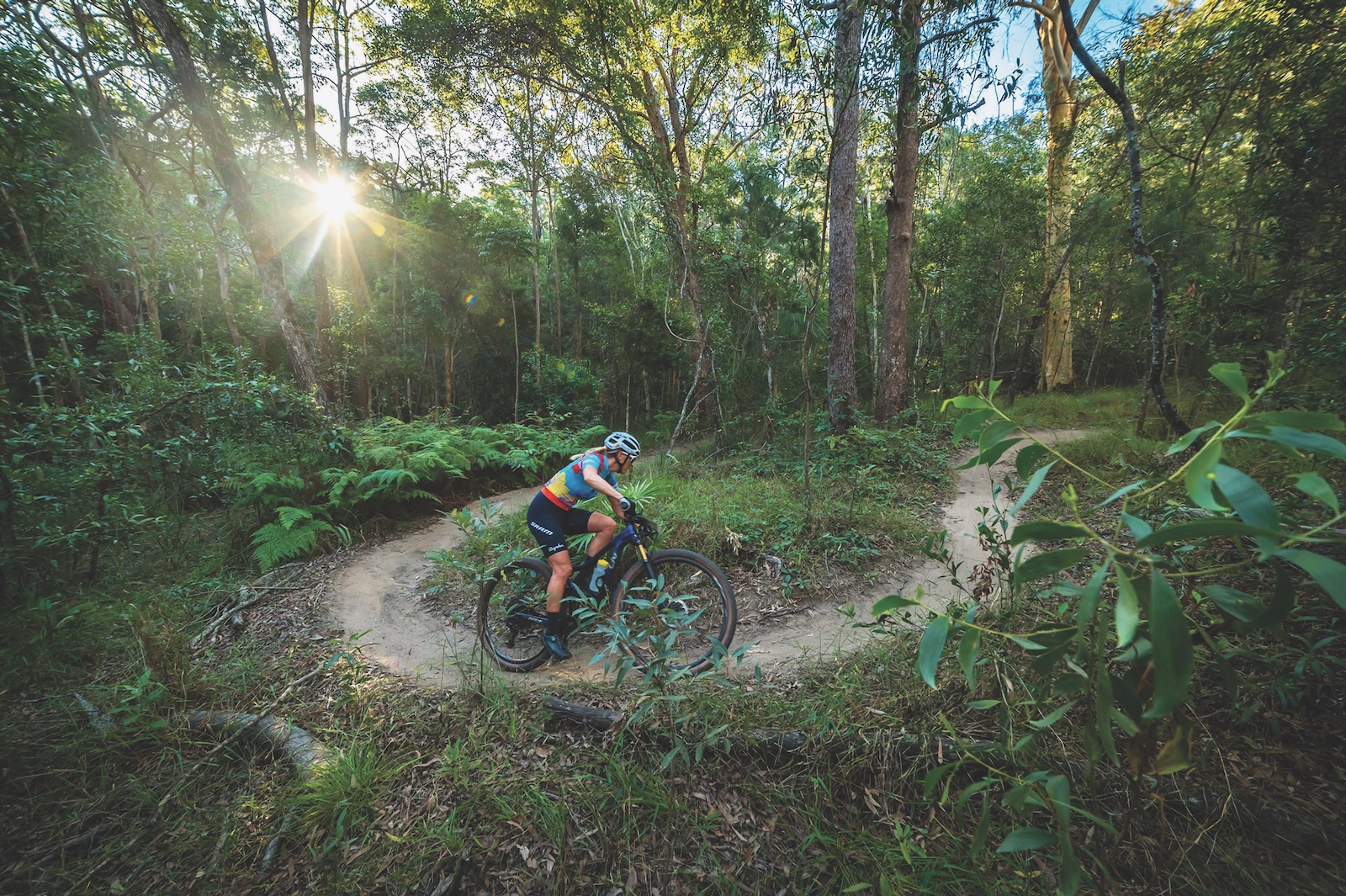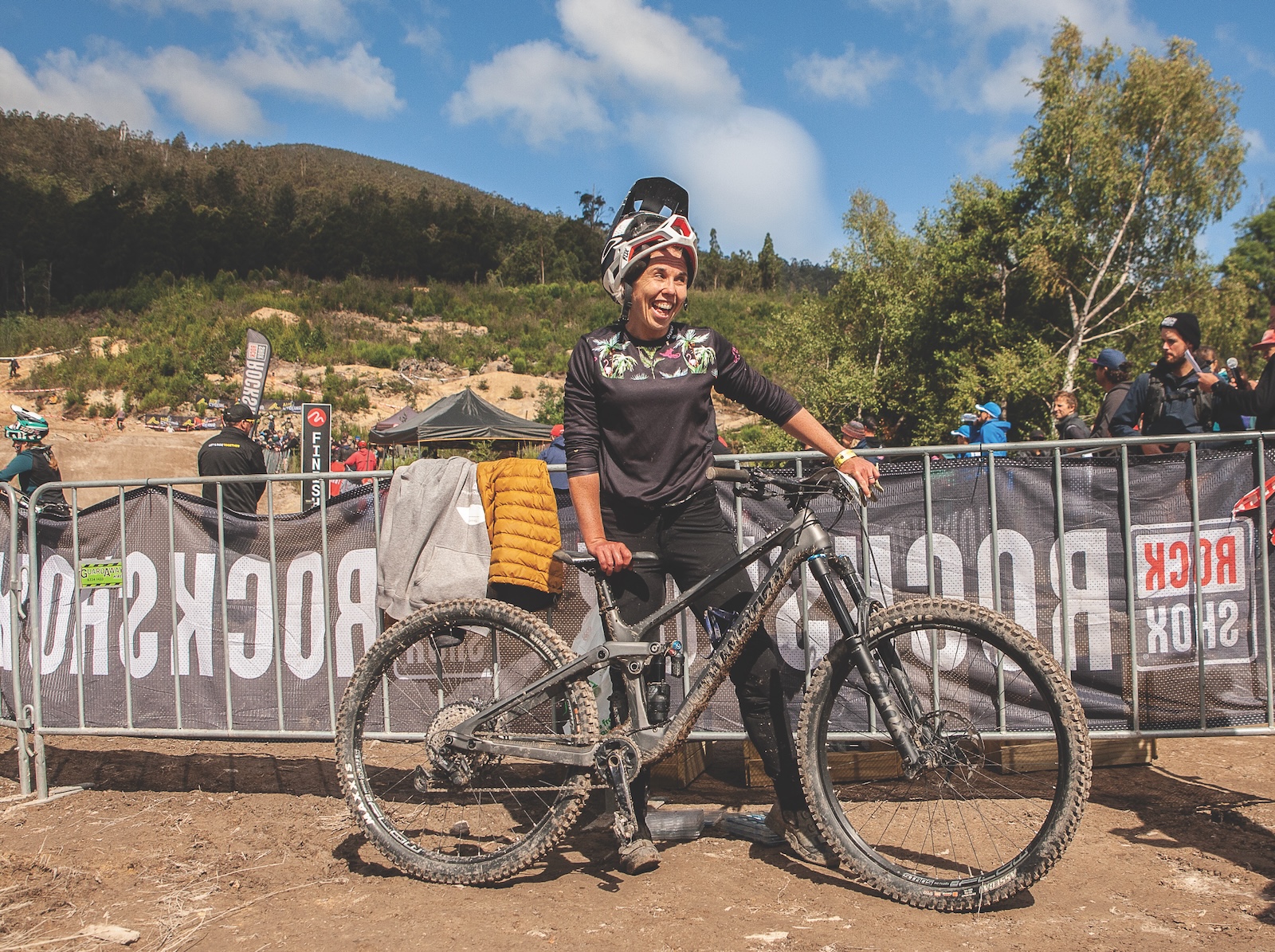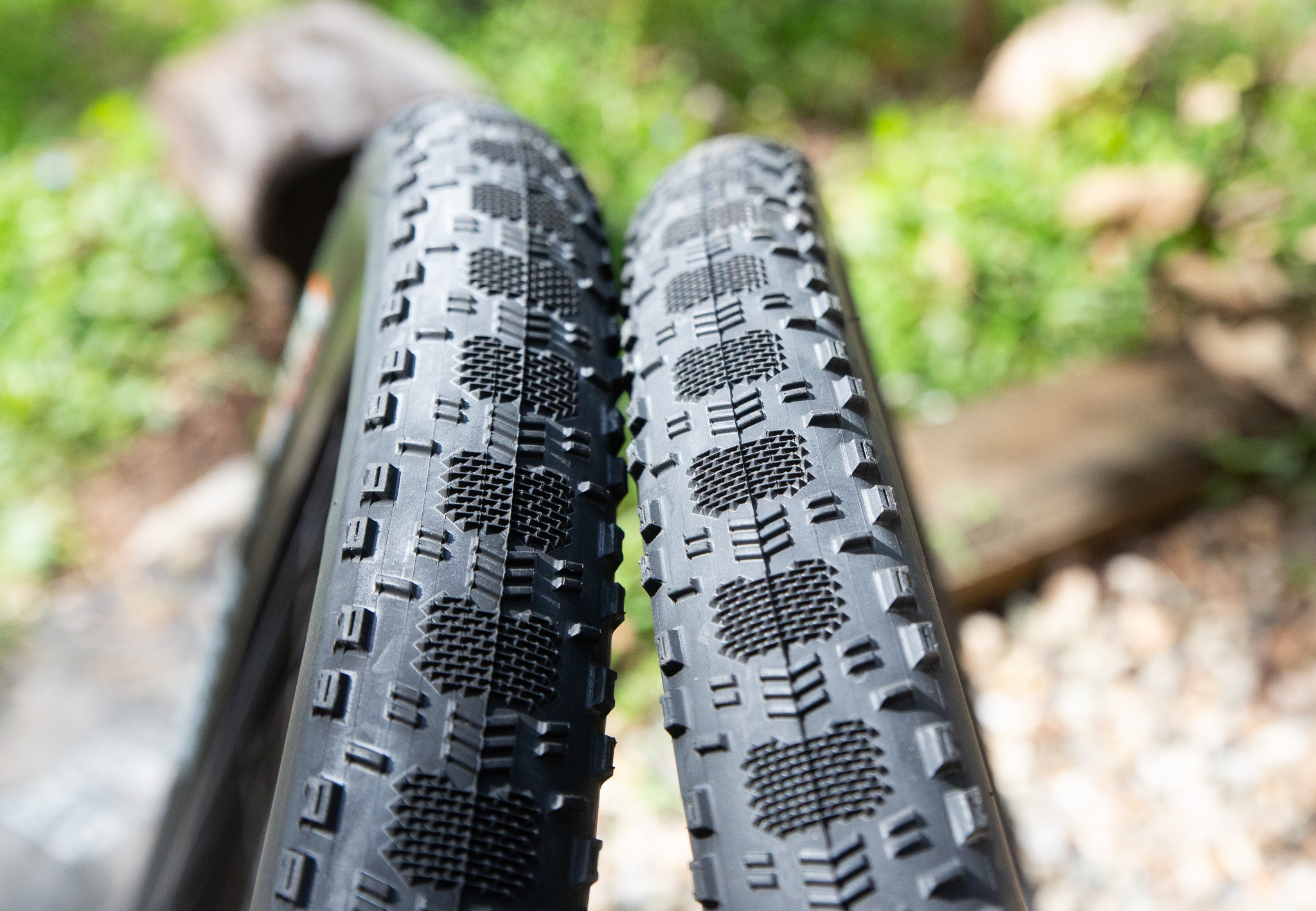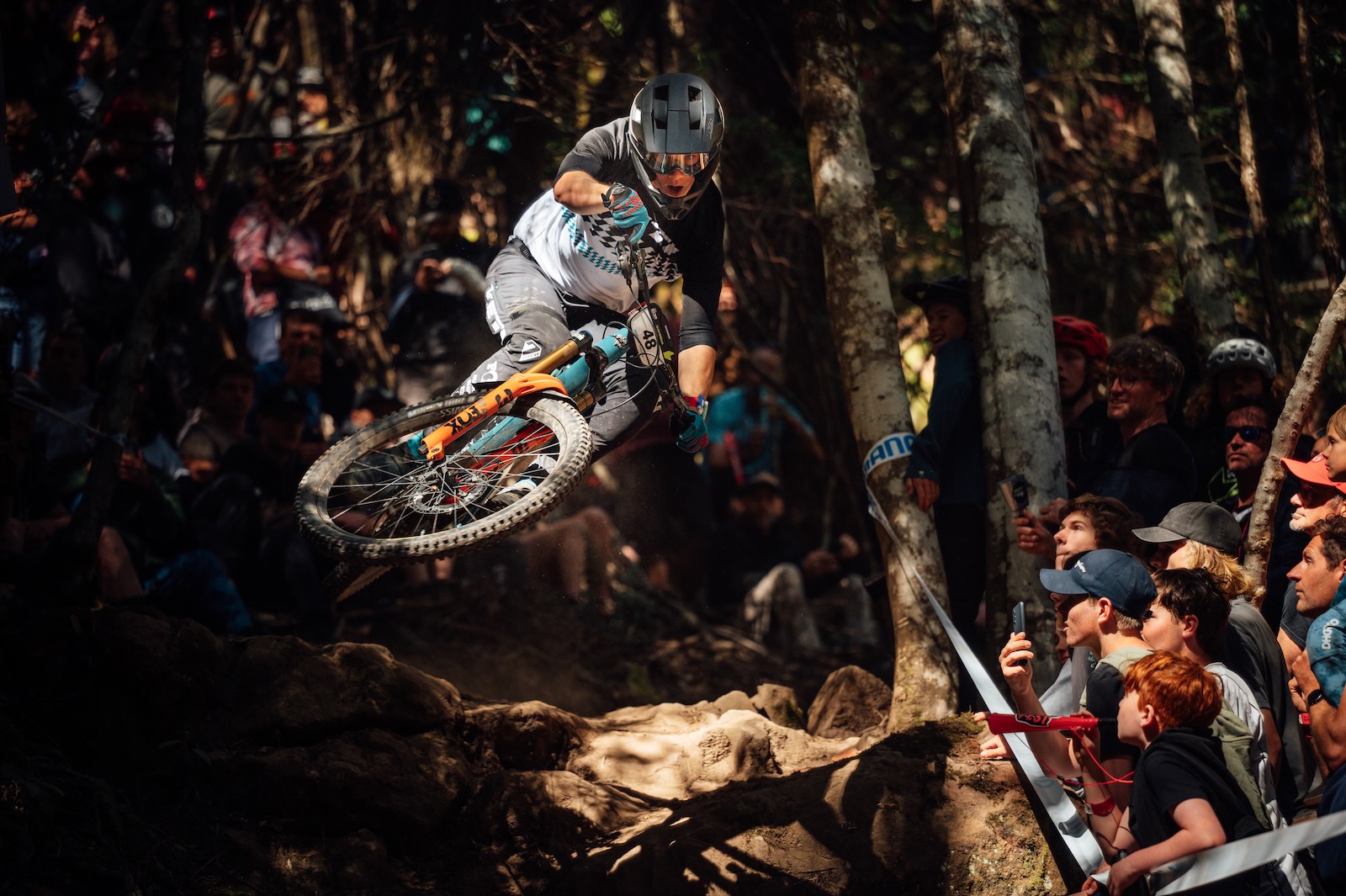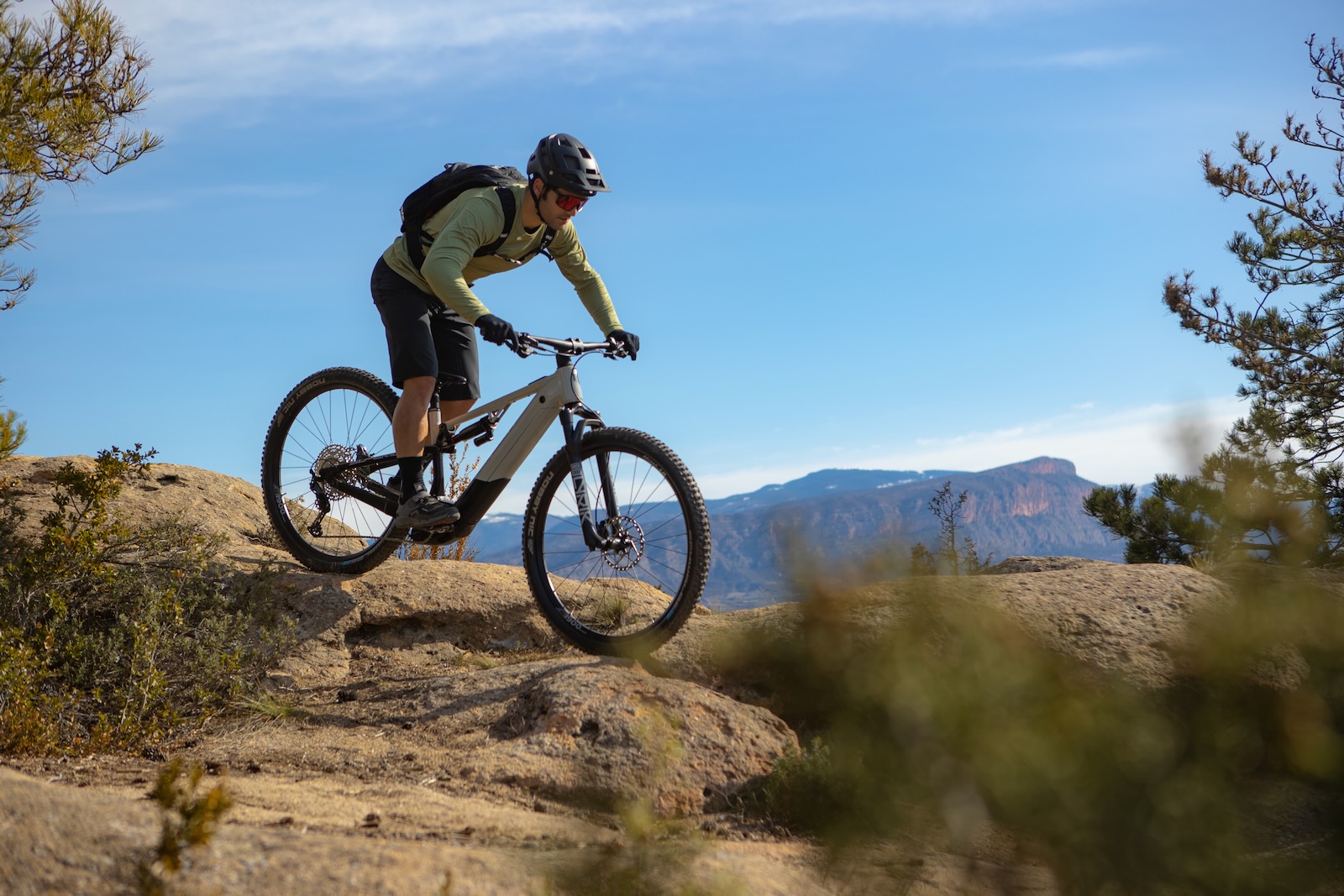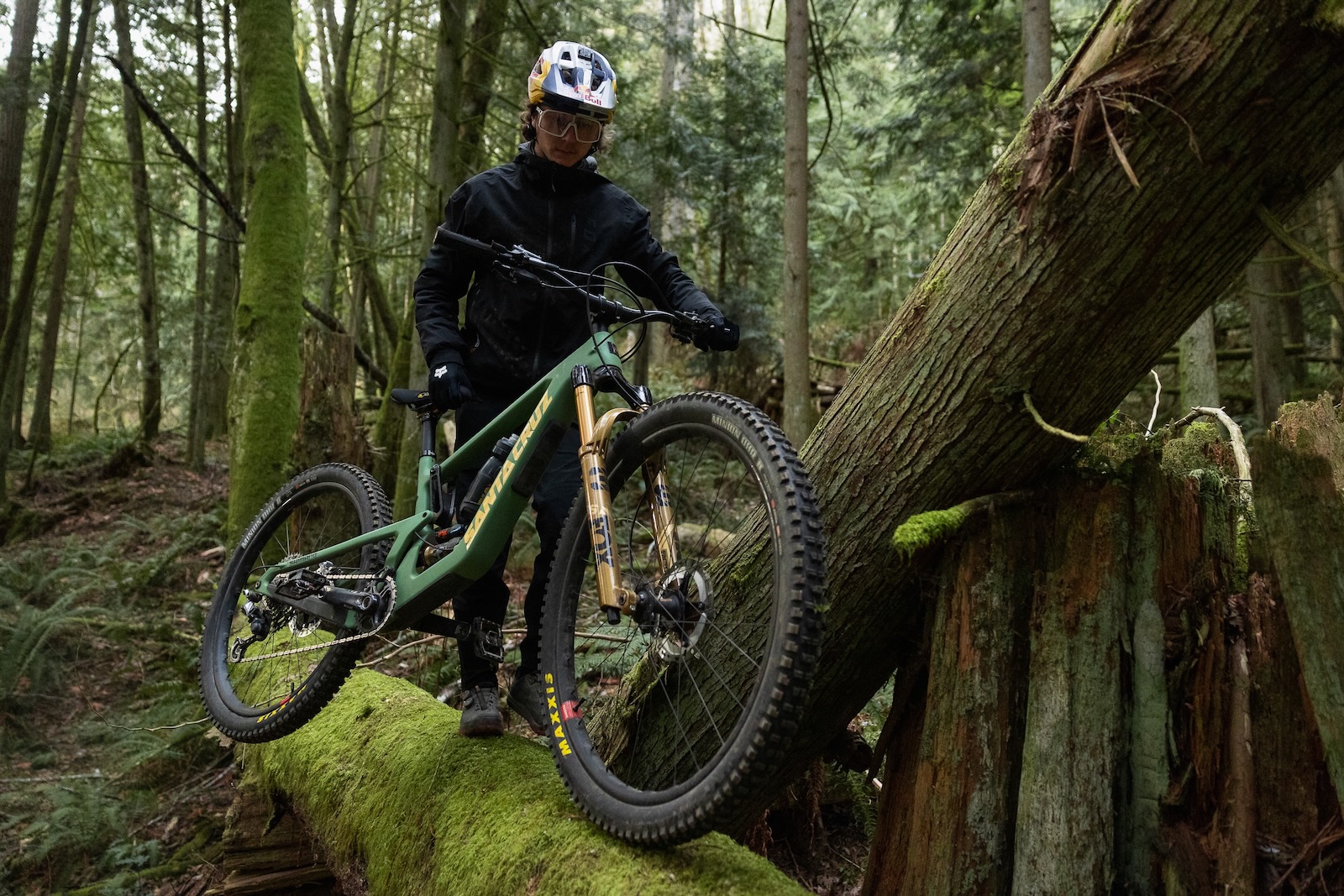Merida bring new Olympic racers and a Plus bike to Albstadt
Ahead of the World Cup Races in Albstadt, Germany Merida presented their reworked line-up of the Big hardtails – one of the world’s lightest, fastest XC race bikes out there.
Ahead of the World Cup Races in Albstadt, Germany Merida presented their reworked line-up of the Big hardtails – one of the world’s lightest, fastest XC race bikes out there. Merida not just refined its 27.5” wheeled Big.Seven and the 29” wheeled Big.Nine (first introduced in 2011), but shedded weight, added comfort, top specs and a new sharp design. In the end those are the Olympic weapons of the Multivan MeridaTeam with Gunn Rita Dahle Flesjå and José Hermida – we will have to wait for 2017, when the bikes are officially available on the market.
Merida’s R&D CEO Jürgen Falke explained the development priorities of the Big hardtails naming weight, stiffness, geometry, comfort, design and even aerodynamics as the brand’s prime focus.
Weighing in on the new Meridas
The presentation started with an impressive drop: the Big.Nine (size M) weighs in at mere 8.5kg! Of course, this is the team edition with the range topping CF5 carbon frame. There is a second frame available – the CF3 for those of us with no Rio ambitions. The CF5 frame, however, is laid out for 1x drivetrains only – coming built with either XX1x11 or 1×12 Eagle – features an EPS core, high-end fibres and a different carbon lay-up for the 400 individual sheets used in one frame to further reduce the use of epoxy and therefore weight. Merida wanted to make the individual items all transparent and laid out a detailed list of the CF5 set-up.
 The smart entry system. Photo: Sissi Paersch
The smart entry system. Photo: Sissi PaerschWe were shown that the frame weight with 900g has 8g additions from the cable routing entry, 10g from the seat clamp, the tube protectors add further 21g and the DT Swiss axle 48g (28g lever) – which results in a overall frame weight of 1005g. The custom DT Swiss axle uses a 6mm hex end, but you can remove it and therefore save the 28g.
 Small details aren’t missed, like protections for rock strikes.
Small details aren’t missed, like protections for rock strikes.Fit for purpose – Merida’s updated geometry
Merida underlined that the adapted geometry was designed to handle the modern race tracks which ask for a fast, sharp and agile bike. (Yet, the new geometry is identical on all models). For a more aggressive handling, cornering and more efficient climbing they shortened the head tube by 1cm and also shortened the chainstays by 7mm. The Boost standard also allowed the R&D team to move the tyre forward and shorten the rear end. The Big.Nine has 433mm chainstays, while the Big.Seven has 423mm chainstays.
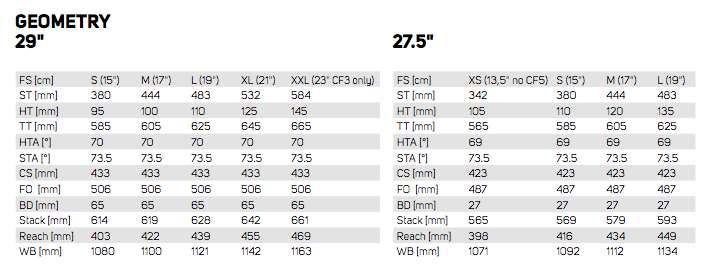
Geometry brings us to Comfort since Merida also increased the reach and shortened the stem to achieve a more neutral centre of gravity for a balanced handling. For Merida the comfort aspect thus not only focuses on dampening – they use BIO fibres, natural growing material with a high rebound in their chainstays and seatstays. It also means improved handling, ground control and traction.
 Seatposts have been designed for exltra flex, but also a move to 30.9mm for dropper compatibilty and greater strength.
Seatposts have been designed for exltra flex, but also a move to 30.9mm for dropper compatibilty and greater strength.The design of the new Big series is super sharp: the aim was to create a clean, sleek, and individual design. Which is easier said than done since every shape and every angle adds weight and costs stiffness. It is rather interesting that Merida also looked into the aerodynamics on their hardtails. But they see it as a factor worth being considered for longer descents on marathon races. So they took data and shape from the Scultura road frames and integrated them into the downtubes of the Big series.
 Internal routing has been modified, to be easier – and quieter.
Internal routing has been modified, to be easier – and quieter.A further detail highlighted by the brand: the internal cable routing. Of course, it is a must for a top bike, but how to run all the cable through the frame without rattling noises, without adding too much weight and with good accessibility for maintenance. Merida comes up with the “smart entry”, a new interface introduced for almost all of their 2017 bikes (xc, enduro, all-mountain and even down to medium priced bikes). It uses internal clamps in the BB to fix the cables and thus avoid movement and noise. The exit on the chainstays is moved back to the rear to keep them protected.
On the trail with the Merida Big.Nine
My riding feedback: It truly is a precise, super light racing machine that excels in the flat, but, of course, also loves to climb especially equipped with the new 1×12 Eagle drivetrain: fantastically smooth shifting in the steep sections. What impressed me most was the combination of sharp handling of a pure-bred race bike with comfort: it felt incredibly safe and well-balanced.
Merida go Plus with the Big.Trail
 Photo: Sissi Paersch
Photo: Sissi PaerschFollowing the Big racers for Rio, Merida surprised us all by moving to something completely different – and introducing a Big plus. We got the super light carbon machines, then we got the bike to play and tackle the trails: the brand’s first plus bike, the Big.Trail. Merida has never designed any fatbikes, but now believes the plus trend “makes a lot of sense” and is convinced to add a soon-to-be favourite fun bike to the range. The Big.Trail is a hardtail rolling on 2.8” tires and featuring a 130mm travel and a modern all-mountain oriented geometry.
 Will maxing out at 2.8″ be enough? Photo: Sissi Paersch
Will maxing out at 2.8″ be enough? Photo: Sissi PaerschWhat makes the geometry so trail-oriented is the super low head angle, the long reach, short chainstays (427.5mm) for even more playfulness.
The BIG.TRAIL is built to unite the safety, comfort, and fun factor of a full suspension bike with the simplicity and longevity of a hardtail. The aluminium frame weighs in at 2101g and all models are equipped with dropper post and the new smart entry cable routing.
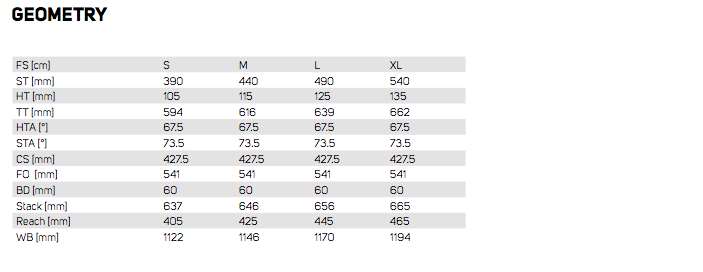
Big.Trail on the… trail
Sorry, this bike was not available in my size… Some guys likes it very much and said it’s a nice agile and rigid ride, but still would prefer full suspension for more trail fun.
Merida 2017 bikes in Australia
We’re waiting on details of landing dates and prices, but we’re hoping to get to play with some of these bikes on Australian trails really soon.


